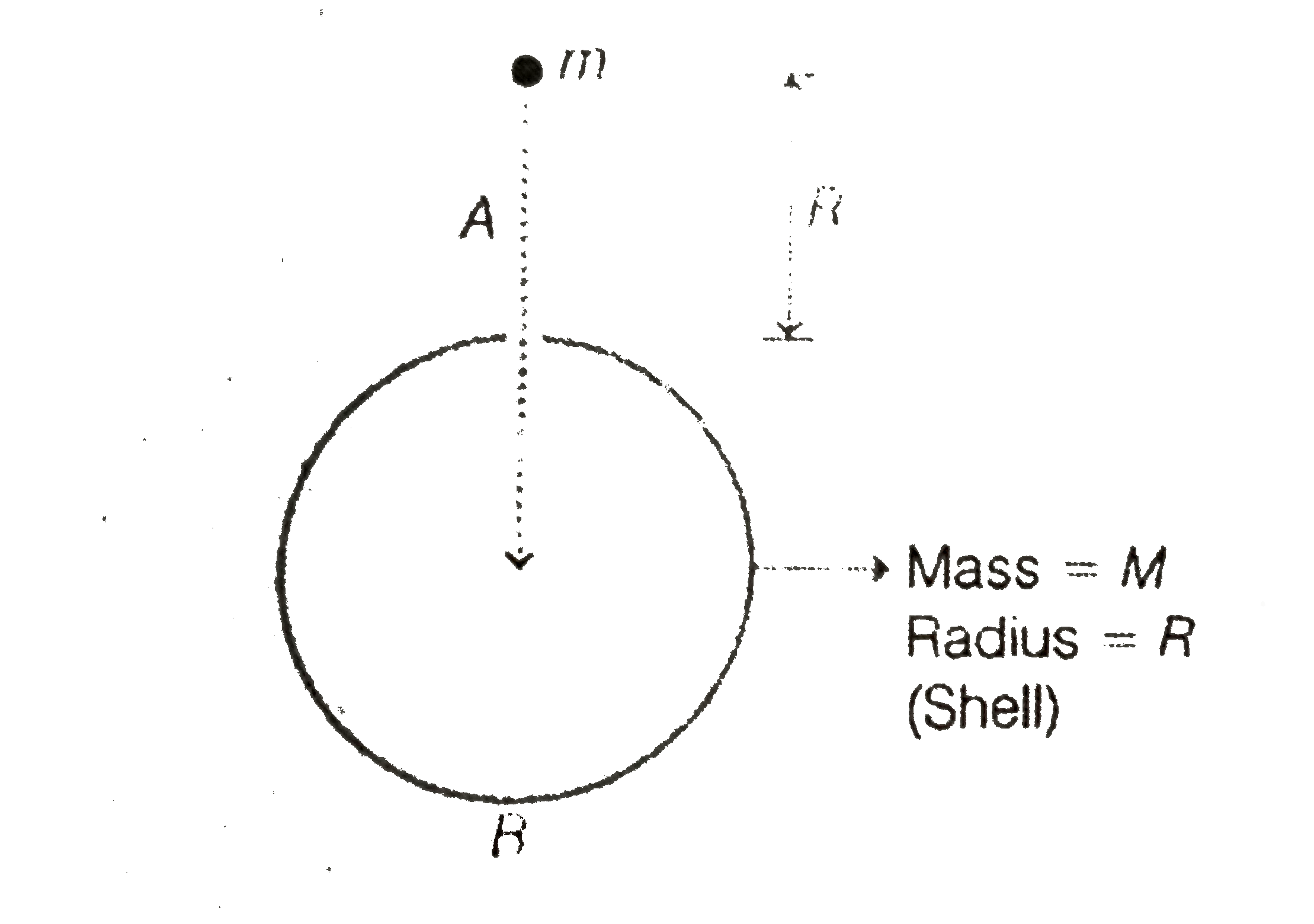Assertion: An independnt negative charge moves itself from point A to point B. then, potential at A should be less than potential at B.
Reason: While moving from A to B kinetic energy of electron will increase
If both Assertion and Reason are true but Reason is the correct explanation of Assertion.
If both Assertion and Reason are true but Reason is not the correct explanation of Assertion.
If Assertion is true, but the Reason is false.
If Assertion is false but the Reason is true.
The correct Answer is:B
To solve the question, we will analyze both the assertion and the reason step by step.
Step 1: Understanding the Assertion
The assertion states that an independent negative charge moves from point A to point B, and thus the potential at A should be less than the potential at B.
Explanation:
- A negative charge (like an electron) moves from a region of lower electric potential to a region of higher electric potential. This is because negative charges are attracted to higher potentials (which are associated with positive charges).
- Therefore, if a negative charge is moving from A to B, it implies that the electric potential at point A (V_A) is less than the electric potential at point B (V_B).
Step 2: Understanding the Reason
The reason given states that while moving from A to B, the kinetic energy of the electron will increase.
Explanation:
- As the negative charge moves from a lower potential to a higher potential, its potential energy decreases. Since the total mechanical energy is conserved (assuming no non-conservative forces are acting), the decrease in potential energy results in an increase in kinetic energy.
- Mathematically, this can be expressed as:
ΔKE=−ΔPE
where ΔKE is the change in kinetic energy and ΔPE is the change in potential energy.
Step 3: Conclusion on Assertion and Reason
Both the assertion and the reason are true:
- The assertion is correct because a negative charge moves from a lower potential to a higher potential.
- The reason is also true since the kinetic energy of the charge increases as it moves from A to B due to the conservation of mechanical energy.
However, the reason provided does not serve as a correct explanation for the assertion. The assertion is based on the nature of electric potential and charge movement, while the reason discusses the change in kinetic energy without directly explaining why the charge moves from lower to higher potential.
Final Answer
Both assertion and reason are true, but the reason is not a correct explanation for the assertion.
The assertion states that an independent negative charge moves from point A to point B, and thus the potential at A should be less than the potential at B.
- A negative charge (like an electron) moves from a region of lower electric potential to a region of higher electric potential. This is because negative charges are attracted to higher potentials (which are associated with positive charges).
- Therefore, if a negative charge is moving from A to B, it implies that the electric potential at point A (V_A) is less than the electric potential at point B (V_B).
The reason given states that while moving from A to B, the kinetic energy of the electron will increase.
- As the negative charge moves from a lower potential to a higher potential, its potential energy decreases. Since the total mechanical energy is conserved (assuming no non-conservative forces are acting), the decrease in potential energy results in an increase in kinetic energy.
- Mathematically, this can be expressed as:
ΔKE=−ΔPE
where ΔKE is the change in kinetic energy and ΔPE is the change in potential energy.
Both the assertion and the reason are true:
- The assertion is correct because a negative charge moves from a lower potential to a higher potential.
- The reason is also true since the kinetic energy of the charge increases as it moves from A to B due to the conservation of mechanical energy.
Both assertion and reason are true, but the reason is not a correct explanation for the assertion.
Topper's Solved these Questions
- ELECTROSTATICSBOOK - DC PANDEY ENGLISHCHAPTER - ELECTROSTATICSEXERCISE - Level 1 Objective
82 Videos
- ELECTROSTATICSBOOK - DC PANDEY ENGLISHCHAPTER - ELECTROSTATICSEXERCISE - Level 1 Subjective
15 Videos
- ELECTROSTATICSBOOK - DC PANDEY ENGLISHCHAPTER - ELECTROSTATICSEXERCISE - Exercise 24.7
2 Videos
- ELECTROSTATIC POTENTIAL AND CAPACITORSBOOK - DC PANDEY ENGLISHCHAPTER - ELECTROSTATIC POTENTIAL AND CAPACITORSEXERCISE - (C) Chapter exercises
50 Videos
- GRAVITATIONBOOK - DC PANDEY ENGLISHCHAPTER - GRAVITATIONEXERCISE - All Questions
135 Videos
Similar Questions
Knowledge Check
When a positive q charge is taken from lower potential to a higher potential point, then its potential energy will
Aremin the sameBincreaseCdecreaseDbecome zeroIn the given circuit the potential at point B is zero, the potential at points A and D will be
 AVA=4V,VD=9VBVA=3V,VD=4VCVA=9V,VD=3VDVA=4V,VD=3V
AVA=4V,VD=9VBVA=3V,VD=4VCVA=9V,VD=3VDVA=4V,VD=3V
On moving a charge of 2C from a point A where potential is +12V to a point B where potential is -12 V, the work done is -
View SolutionFigure shows the field lines of a point negative charge. In going from B to A, the kinetic energy of a small negative charge will

View SolutionIf an electron moves from rest from a point at which potential is 50 volt to another point at which potential is 70 volt, then its kinetic energy in the final state will be
View SolutionOn moving a charge of 7C from a point x where potential is +5.5V to a point y where potential is -7.6 V, the work done is -
View SolutionTwo equal positive charges are kept at points A and B. The electric potential at the points between A and B (excluding these points ) is studied while moving from A to B. The potential will
View SolutionA particle of mass m is moved from A to B as show in figure. Then potential energy of the the particle

View Solution
